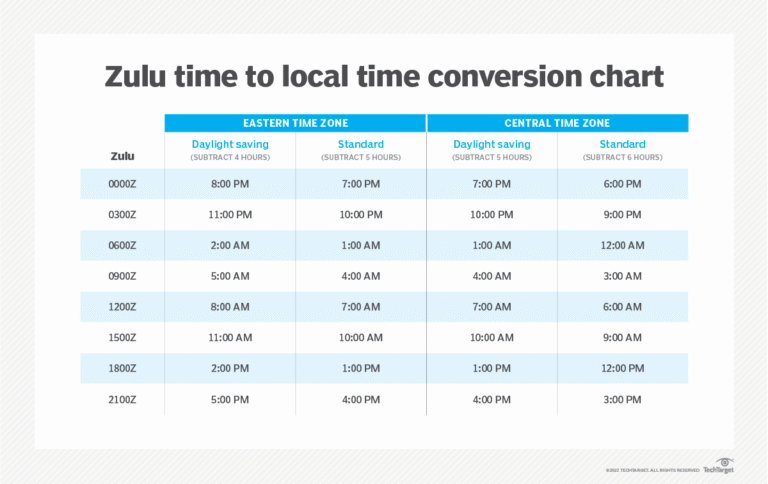How to Calculate Velocity: Complete Guide
Velocity is one of the most important concepts in physics, as it explains not just how fast something moves, but also in which direction. Unlike speed, velocity is a vector quantity that combines both magnitude and direction, making it essential for analyzing real-world motion.
Learning how to calculate velocity helps us solve problems in physics, engineering, sports, and even everyday activities like driving or measuring travel time. In this guide, we’ll break down the velocity formula, explore step-by-step methods, and highlight practical applications so you can confidently calculate velocity in any scenario.
What is Velocity? Understanding Velocity Definition and Meaning
Velocity is a fundamental concept in physics that describes both the speed and direction of an object’s motion. The velocity definition encompasses two critical components: magnitude (how fast) and direction (which way). Understanding velocity meaning is essential for anyone studying motion, as it differs significantly from speed in that velocity is a vector quantity.
The velocity defination in physics states that velocity measures the rate of change of an object’s position with respect to time, including directional information. This makes velocity more comprehensive than simple speed measurements.
Velocity Formula: The Foundation of Velocity Calculations
Basic Velocity Equation
The fundamental velocity formula is expressed as:
v = Δd / Δt
Where:
- v = velocity
- Δd = displacement (change in position)
- Δt = time interval
This formula for velocity represents average velocity over a given time period.
How to Find Velocity Using Different Methods
1. Average Velocity Calculation
To calculate velocity using average values:
- Velocity equation: v = (final position – initial position) / time
- Example: If an object moves from 0m to 100m in 10 seconds, velocity = 100m ÷ 10s = 10 m/s
2. Instantaneous Velocity Formula
For instantaneous velocity at a specific moment:
- How to find velocity: v = lim(Δt→0) Δd/Δt
- This velocity formula requires calculus for precise calculations
Speed and Velocity: Key Differences in Motion Analysis
Understanding Speed and Velocity Distinctions
Speed and velocity are often confused, but they have crucial differences:
Speed:
- Scalar quantity (magnitude only)
- Always positive
- Measures how fast an object moves
Velocity:
- Vector quantity (magnitude and direction)
- Can be positive or negative
- Measures rate of displacement change
The relationship between speed and velocity becomes important when analyzing complex motion patterns where direction changes occur.
How to Calculate Velocity: Step-by-Step Methods
Method 1: Basic Velocity Calculation
How to calculate velocity using displacement and time:
- Identify initial and final positions
- Calculate displacement (Δd = final – initial position)
- Determine time interval (Δt)
- Apply velocity formula: v = Δd / Δt
Method 2: Velocity Formula with Components
For two-dimensional motion, how to find velocity involves:
- vₓ = Δx / Δt (horizontal component)
- vᵧ = Δy / Δt (vertical component)
- Total velocity = √(vₓ² + vᵧ²)
Advanced Velocity Equations and Applications
Kinematic Velocity Formulas
Several velocity equations apply to different motion scenarios:
Constant Acceleration Velocity Formula
v = u + at
Where:
- v = final velocity
- u = initial velocity
- a = acceleration
- t = time
Velocity Equation for Displacement
v² = u² + 2as
This formula for velocity relates velocity to displacement and acceleration.
How to Find Velocity in Complex Scenarios
Circular Motion Velocity
For objects moving in circles, how to calculate velocity involves:
- Velocity formula: v = 2πr / T
- Where r = radius, T = period
Relative Velocity Calculation
When analyzing moving reference frames, the velocity equation becomes:
- vₐʙ = vₐ – vᵦ (velocity of A relative to B)
Practical Applications: How to Find Velocity in Real-World Problems
Physics Problem-Solving with Velocity
Understanding how to calculate velocity is crucial for:
- Projectile Motion: Using velocity formulas to predict trajectory
- Vehicle Analysis: Calculating velocity from speed and direction data
- Sports Physics: Determining ball velocity in various games
- Engineering: Applying velocity equations in design calculations
Common Velocity Calculation Mistakes
When learning how to find velocity, avoid these errors:
- Confusing speed and velocity concepts
- Forgetting directional components in the velocity formula
- Misapplying velocity equations to inappropriate scenarios
- Ignoring units in velocity calculations
Velocity Measurement Techniques and Tools
Modern Methods for Velocity Determination
Professional velocity measurement employs various techniques:
Direct Measurement Tools
- Radar guns for instantaneous velocity
- GPS systems for average velocity calculations
- Motion sensors applying velocity formulas automatically
Computational Approaches
- Video analysis software calculating velocity from position data
- Simulation programs using velocity equations
- Data loggers applying formula for velocity in real-time
Understanding Velocity Units and Conversions
Standard Velocity Units
Velocity measurements use various units:
- m/s (meters per second) – SI standard
- km/h (kilometers per hour) – common usage
- ft/s (feet per second) – imperial system
- mph (miles per hour) – automotive standard
Velocity Conversion Applications
Converting between velocity units requires understanding relationships:
- 1 m/s = 3.6 km/h
- 1 mph = 0.447 m/s
These conversions are essential when applying velocity formulas across different measurement systems.
Advanced Topics: Velocity in Modern Physics
Relativistic Velocity Considerations
At high speeds, classical velocity equations require modification:
Special Relativity Velocity Formula
v = (u + w) / (1 + uw/c²)
This advanced formula for velocity accounts for relativistic effects when speeds approach the speed of light.
Vector Velocity Analysis
In advanced physics, how to calculate velocity involves vector mathematics:
- Velocity vectors in three-dimensional space
- Cross products in angular velocity calculations
- Dot products for velocity component analysis
Conclusion: Mastering Velocity Calculations
Understanding how to calculate velocity requires mastering fundamental concepts from basic velocity definition through advanced velocity equations. The relationship between speed and velocity, proper application of velocity formulas, and knowing how to find velocity in various scenarios forms the foundation of motion analysis.
Whether you’re solving basic physics problems or tackling complex engineering challenges, these velocity calculation principles provide the tools needed for accurate motion analysis. Remember that velocity encompasses both magnitude and direction, making it a more complete description of motion than simple speed measurements.
By practicing with different velocity equations and understanding when to apply specific formulas for velocity, you’ll develop proficiency in this essential physics concept. The key is consistent application of proper velocity calculation methods and maintaining awareness of the vector nature that defines velocity meaning in physics.







